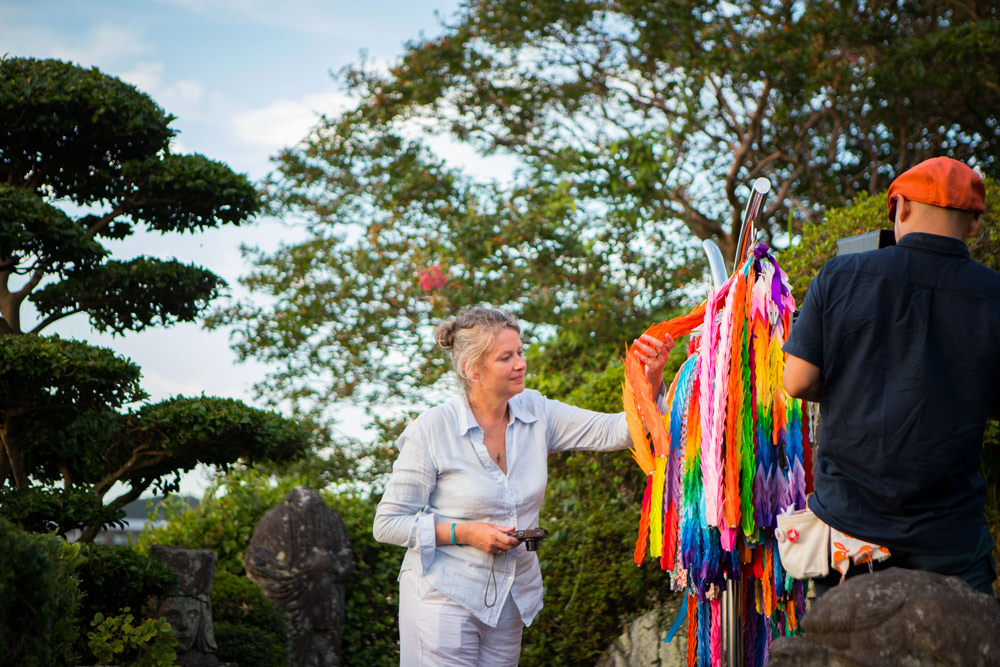!["Postman of Nagasaki" directed by Mika Kawase Documentary looking at the future through communication with the dead [Director's Interview Vol.226]](https://cinemore.jp/images/7740fedf8be1ece43c3015fa9006d454cdc1107850b07cd9ae234c382e88081b.jpg)
© The Postman from Nagasaki Film Partners
"Postman of Nagasaki" directed by Mika Kawase Documentary looking at the future through communication with the dead [Director's Interview Vol.226]
Filming without a script
Q: The images are very beautiful and draw me into the screen. It seems that the director is also filming.
Kawase: I ask a photographer to take pictures of the people around me, but I take everything else myself.
Q: Beautiful natural scenery is interjected throughout the story of the harrowing story of the atomic bomb. This contrast makes the memory of the atomic bomb even more vivid.
Kawase: I spent the most time photographing nature. It's been many years. Of course, it expresses painful memories, but I also think that images of nature have the effect of soothing painful memories. Peter also loved nature. Out of respect for him, I wanted people watching the movie to experience the feeling of being surrounded by nature.
Q: Isabel said that you filmed in Nagasaki without a script. What was your aim in that?
Kawase: She had a strong desire to follow in her father's footsteps in Nagasaki, but there was almost nothing left in Nagasaki that reminded her of those days. Furthermore, there are only one or two people still alive who have actually met Peter. In that situation, I intended to capture what she was actually thinking, her expression, and what she said at the time. So I only told her things like "Today we're going here, and next time we're going here," and then we shot the photos without telling her what the place was like or who was waiting for her.

“Postman of Nagasaki” © Satomi Sakamoto
Q: That way you can capture Isabel's honest reaction in the video.
Kawase: When you meet someone for the first time, the look on their face, the discrepancies in their words, and the confusion. It's a small detail, but you can express her personality through such things. I thought it would be nice to be able to express in the video how she came to Nagasaki with various feelings.
Q: Indeed, Isabel's casual demeanor and expressions are seen throughout the film and are very impressive.
Kawase: We had no intention of making a biopic about the late Peter or Taniguchi. I thought I was making a film for the future by portraying people who are living now. Isabel is the only person involved who is still alive. That's why I thought it was important for us to be in sync with her through her experiences and facial features, and I cherished her presence.
An editor accompanies the shooting

